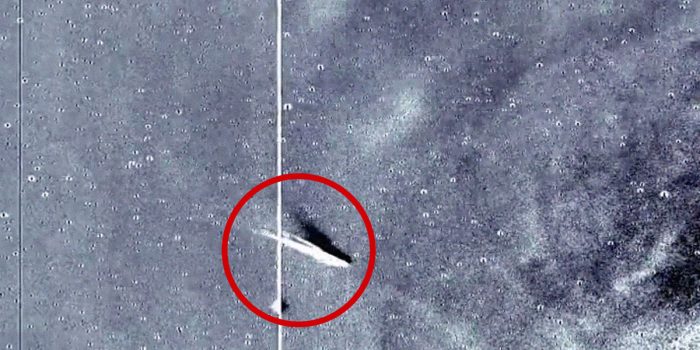In a celestial spectacle captured by NASA’s Solar Terrestrial Relations Observatory (STEREO-A) spacecraft, a vibrant green comet named Nishimura has ventured perilously close to the Sun.
As it embarked on this daring journey, it was treated to a turbulent encounter with a powerful coronal mass ejection (CME) from the Sun, resulting in a momentary disruption of the comet’s characteristic tail. This captivating event was documented through a series of stitched-together images, forming an enthralling video that showcases the comet’s mesmerizing dance with the forces of our solar system.
Comet Nishimura, named in honor of amateur Japanese astronomer Hideo Nishimura, first made its appearance last month as it hurtled towards the Sun. This green-hued comet is a unique celestial entity, with its distinct color attributed to interactions between sunlight and compounds in its tail or coma, primarily diatomic carbon and cyanogen.
Scientists speculate that Nishimura originates from the Oort Cloud, an extensive region encircling the solar system, teeming with icy objects beyond the orbit of Neptune. In a recent celestial rendezvous, the comet approached the Earth within a mere 78 million miles, offering a rare sight to those who gazed upon the horizon during sunrise and sunset.
However, the most remarkable chapter of Nishimura’s journey unfolded on September 17 when it embarked on its closest encounter with the Sun. Typically, such proximity would spell doom for comets like Nishimura. Yet, against the odds, Nishimura persevered, resisting the Sun’s powerful forces and continuing its trajectory away from the blazing star.
This remarkable feat was captured by NASA’s STEREO-A spacecraft, which tracked the comet’s escape from the Sun’s gravitational clutches. But just as it was breaking free, a colossal outburst of solar wind, a coronal mass ejection, temporarily disrupted the comet’s tail, adding an extraordinary twist to its journey.

Despite this dramatic encounter, Nishimura is not expected to grace our skies soon. It is anticipated that several centuries may pass before it returns for another visit, providing future generations with the opportunity to witness its captivating celestial display.
Karl Battams of the Naval Research Laboratory, the creator of the movie documenting this event, conveyed the possibility of future generations enjoying this spectacle when he remarked, “It seems there’s a decent chance that folks a few centuries from now will get to enjoy it again next time it swings through the neighborhood,” to Live Science.


